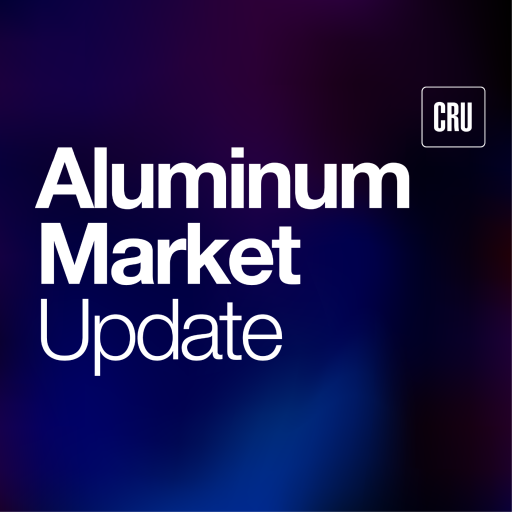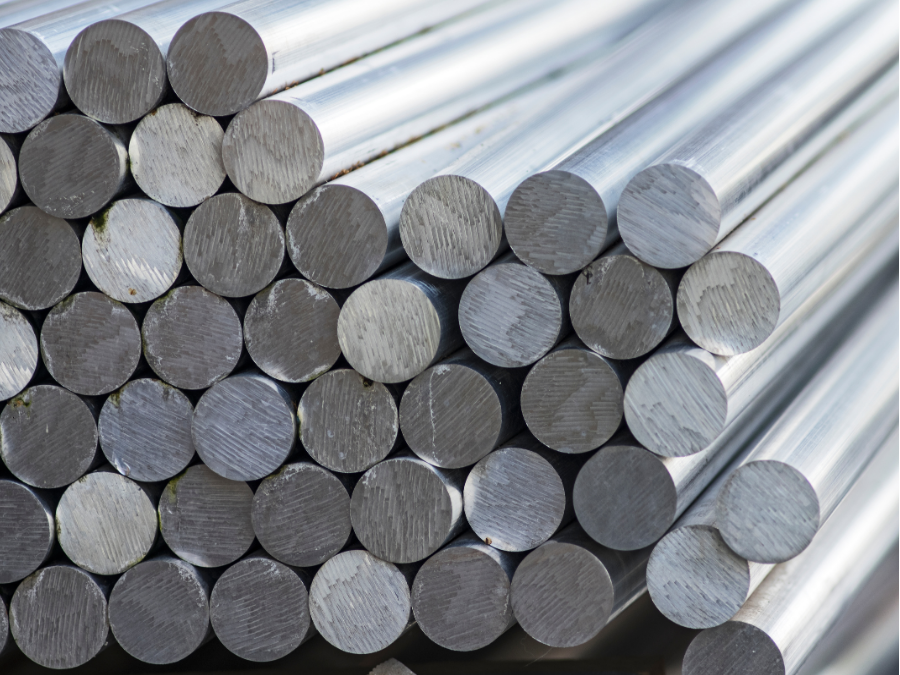Global Trade

November 10, 2025
Century's Q3 results show lower shipments yet stronger pricing tailwinds
Written by Nicholas Bell
Domestic primary aluminum producer Century Aluminum ended the third quarter with shipments down and expectations for the fourth quarter up.
Quarterly results showed lower deliveries but an upswing in pricing momentum bolstered top-line growth and the year-end outlook heading into the final three months of the year and into 2026.
The company’s third-quarter output slipped despite favorable pricing and the tariff environment.
Operational issues at its smelters in Mt. Holly, SC, and Grundartangi, Iceland, cut volumes, yet Century’s realized prices continued to outpace benchmark averages.
Net sales totaled $632 million, a 17% jump from the previous year period, despite a 4% drop in sales volume. Inversely, net income for the quarter was $150,000, down sharply from $47 million in the prior-year period.
With tariffs shielding domestic supply and lagged contracts capturing late-quarter price gains, management expects a sharp rebound in profitability to close the year.
Shipments
Century’s Q3’25 aluminum shipments totaled 162,442 metric tons (t), down from 168,755t in the prior year period and from 175,852t from the second quarter.
That said, anticipated output in the fourth quarter from their two US smelters in operation is expected to grow by 3% to 100,000t. Combined Mt. Holly and Sebree, KY, output in the third quarter totaled 90,703t, a 7% decline from the prior year period, which was roughly 7,000t below what its stated utilization rates at Sebree and Mt. Holly would suggest.
Utilization
The stated useable capacity for Mt. Holly is 75%, while Sebree maintains full operating capacity. If the entire shortfall in US shipments stemmed from the brief instability at Mt. Holly while Sebree operated at a full capacity, Mt. Holly’s effective production of about 35,700t would equal roughly 62% of its 57,250t quarterly capacity.
However, Century said the disruption only reduced Mt. Holly’s output by about 4,000t. That would place its actual production closer to 38,900t and leave roughly 51,800t attributable to Sebree — about 94% of its 55,000t quarterly capacity. In that case, Mt. Holly’s operating rate would be closer to 68% of total capacity online (not including idled capacity).
The discrepancy suggests either Sebree did not maintain a true full run-rate, or Century’s reported utilization rates represent longer-term averages or aspirational rates based on the portion of the plant’s capacity that is technically online and available to produce, rather than the period’s actual performance.
Company-wide quarterly shipments amount to an 82%-83% utilization rate among its operating primary aluminum smelters (excluding Hawesville), down from more than 90% from the last quarter.
In terms of value-added products, Century highlighted increased demand for billet in a general sense.
Earnings, prices, and contracts
Century expects a sharp rebound in financial results in the fourth quarter.
Management’s guidance of adjusted EBITDA is between $170 million-$180 million, nearly double the most recent quarter’s $101 million.
The improvement is expected to be driven primarily by stronger realized aluminum prices and regional premiums rather than production gains.
Century’s pricing structure mixes a percentage of the prior month’s LME settlement and a three-month lag, while Midwest premiums are booked on a one-month lag. That means the company’s Q4 results will capture the full effect of the price run-up that occurred through October and early November.
Fourth-quarter guidance implies a realized LME price near $2,705/t, up roughly $88/t from Q3’s $2,617/t, and a realized Midwest premium around $1,775/t, up by $208/t (~9.5¢/lb) from Q3’s $1,567/t.
In total, Century’s expectation for the fourth quarter’s realized price per ton can be inferred near $4,480/t, while Q3’s average realization was closer to $4,184/t.
Century indicated US billet premiums for 2026 are roughly $110/t (~5¢/lb) higher than 2025 contract levels, though no prior disclosures of what base level that increase reflects could be located in its filings. The company did not delineate shipment or pricing data for their billet offerings.
Operational updates
Mt. Holly restart
Despite the operational disruption in the quarter, progress at Mt. Holly remains the company’s bright spot.
Century finalized a power agreement with Santee Cooper through 2031, providing the necessary electricity to restart the idled portion of the smelter. The restart represents about 50,000t of annual capacity. The company intends to invest roughly $50 million to bring it online.
First shipments from the restart are expected in early Q2’26, with full output anticipated by the end of that quarter. Once operational, the additional supply would represent about 10% of total U.S. primary aluminum capacity.
Greenfield smelter
Century again briefly mentioned its proposed greenfield US smelter, but offered no further detail beyond confirming it has narrowed its focus.
“We are now focused on a single site and power provider for the new smelter,” CEO Jesse Gary said. “We have also had lots of interest from potential joint venture partners … and have started discussions with select high-quality counterparties.”
The company did not provide capacity, cost, or timing information, suggesting the project remains conceptual until conditions stabilize at its existing operations.
Grundartangi Outage
The company’s Grundartangi smelter in Iceland remains only partially operational following electrical failures in late September and October.
“Grundartangi smelter was forced to temporarily stop production in pot line two following the failure of two of its electrical transformers over a seven-week period in September and October,” management said.
Century estimates 11-12 months to complete repairs and restarts but is pursuing a parallel plan to determine whether the damaged units can be repaired at all.
“If we are able to follow a repair path … [it] would allow us to bring production back online several months in advance of that 11-12-month timeline,” Century said.
The outage will reduce Grundartangi’s shipments by roughly 37,000t in Q4 and by about 150,000t on an annualized basis until full restart. Its remaining potline is running at normal rates, keeping the plant roughly half utilized until new or repaired transformers are installed.







